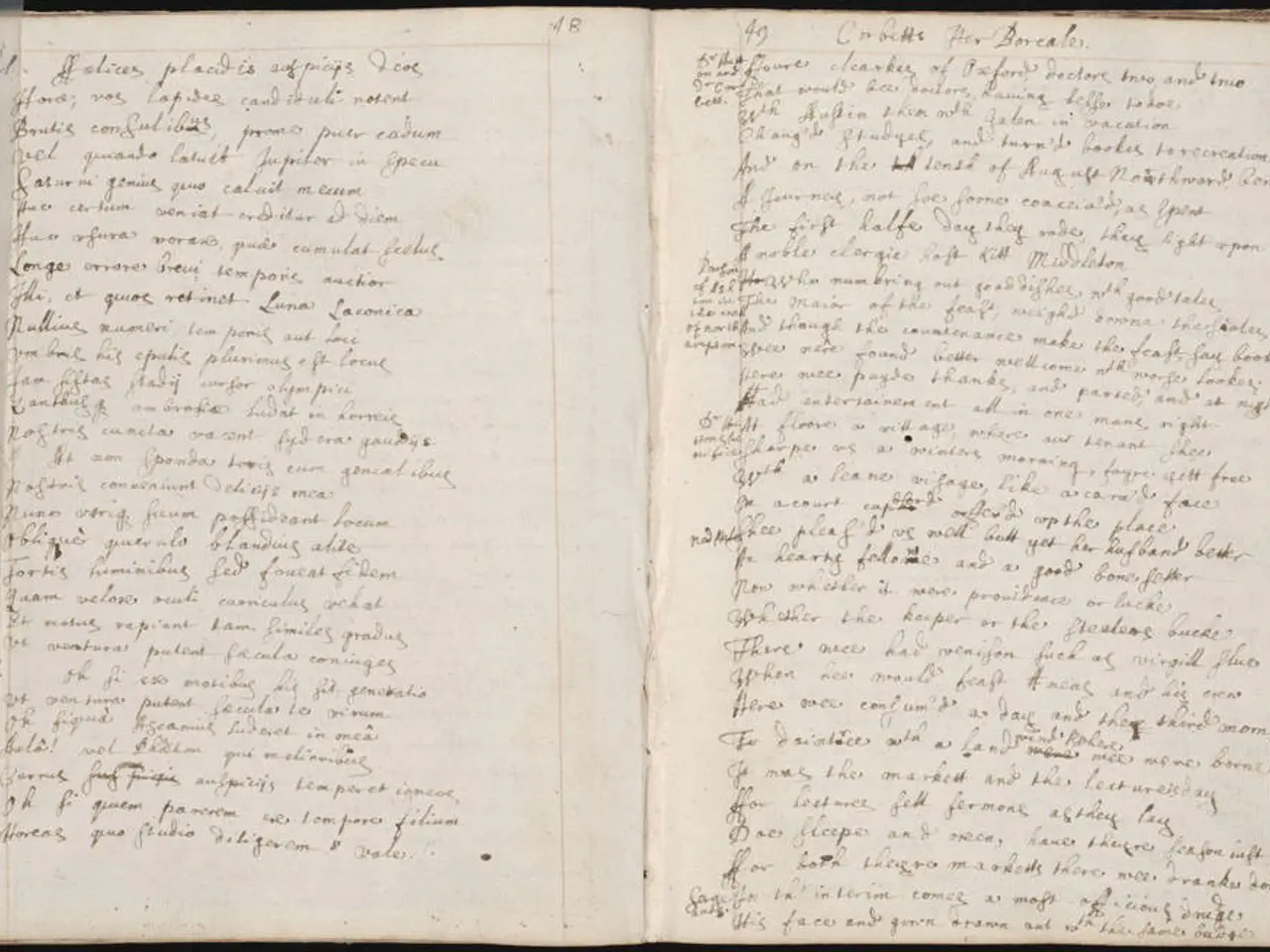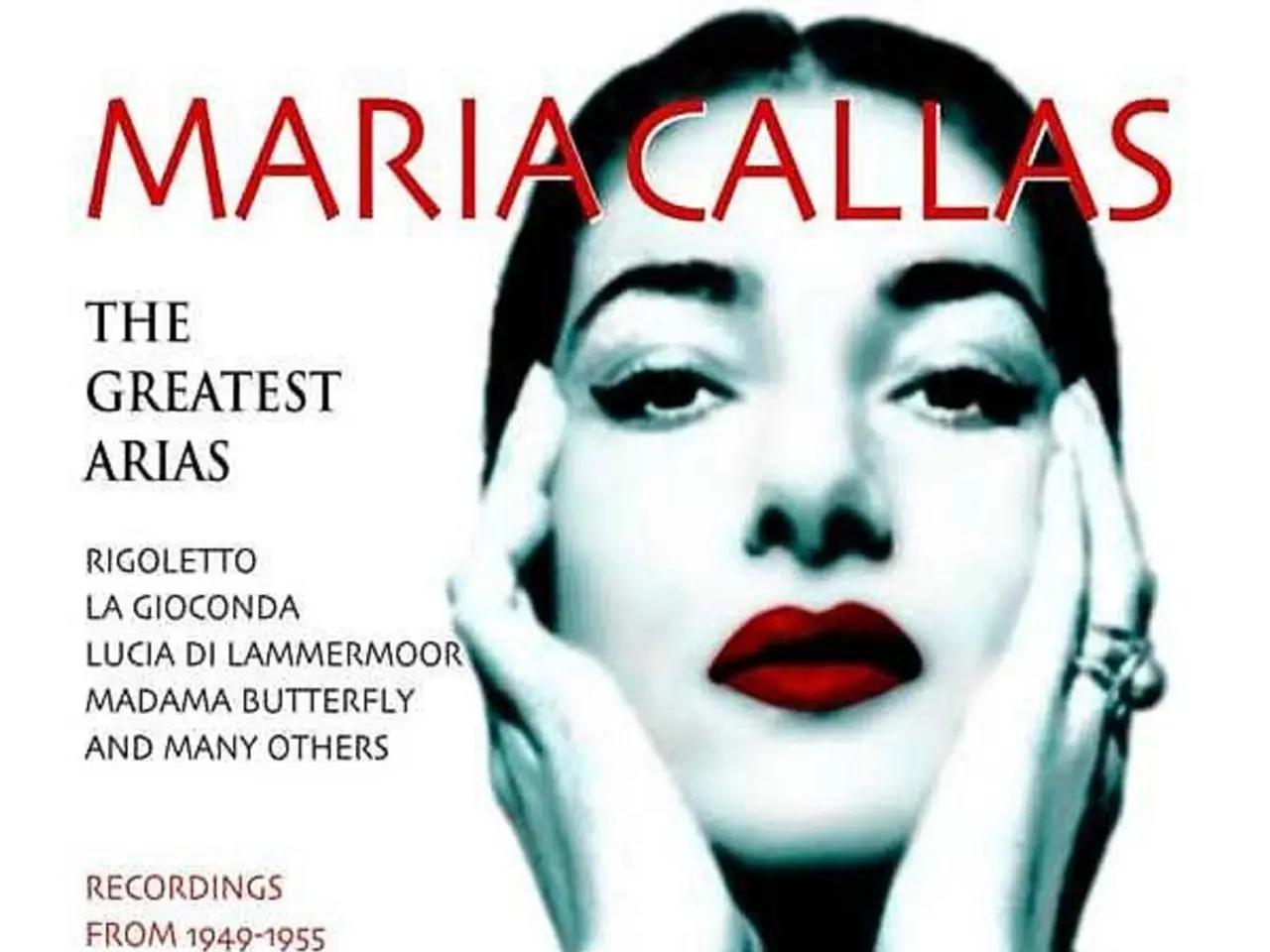Unusual Customs and Practices from Every Corner of the Globe, Ranked
In the vibrant tapestry of human culture, traditions serve as a testament to our shared history and individual identities. From the far reaches of Alaska to the sun-soaked shores of Spain, unique traditions around the world offer a glimpse into the values, beliefs, and hopes of diverse communities.
One such tradition is La Tomatina, an annual festival held in the picturesque town of Buñol, Spain. During this colourful spectacle, over 320,000 pounds of tomatoes are thrown, transforming the town into a sea of red. First held in 1945, the festival has survived and thrived, despite being briefly banned by Spanish dictator Francisco Franco in the 1950s. Today, participants must buy a ticket to partake in the tomato-tossing frenzy.
Across the Atlantic, in the quaint village of Egremont, England, the Gurning World Championship takes place during the Egremont Crab Fair. Contestants don horse collars and attempt to pull the ugliest faces, a tradition that has stood the test of time.
Meanwhile, in the frosty town of Nenana, Alaska, the Nenana Ice Classic offers a unique twist on the concept of a lottery. Each year, participants try to predict the exact time when the ice covering the Tanana River will break. This annual wager, which has been organised by the town's residents for over a century, donates all excess money to charities, having given away over $10 million during its history.
These traditions, along with the Polterabend, the Cinnamon Throwing, the Monkey Buffet Festival, the Mari Lwyd, and many more, differ widely in purpose and form. Some focus on symbolic food and rituals for prosperity or longevity (Japan, Greece, Philippines), while others centre around vibrant communal celebrations with music and parades (Mardi Gras). Some traditions, like Songkran in Thailand, encourage playful, messy fun, symbolising the washing away of bad luck.
These global traditions reflect each culture's values—prosperity, renewal, family unity, joy, or spiritual cleansing—and utilise local customs, environment, and history to make their celebrations unique.
New Year's Eve practices, for example, vary greatly across the globe. In the Philippines, families place 12 round fruits on the dining table to symbolise wealth for each month, wear polka dots, and make noise to ward off evil spirits and attract abundance. In Greece, people smash pomegranates on the doorstep at midnight for prosperity, and hang onions above doorways as a symbol of growth, tapping children’s heads with onions on New Year's Day.
Christmas traditions also showcase cultural diversity. In Greenland, due to a lack of natural evergreens, residents use driftwood or imported trees for decorations. Their Christmas meals include mattak (whale skin). In Venezuela, from December 16–24, many attend early morning Masses known as Misa de Aguinaldo, often roller-skating to church in Caracas.
Festivals like Mardi Gras in New Orleans, USA, and Chinese New Year, with its vibrant homecoming, dragon dances, fireworks, and family reunions, further highlight the richness and diversity of global celebrations.
Some traditions, like the Presidential Turkey Pardon in the USA and the Bathroom Ban tradition in Borneo, practiced by the Tidong Tribe, are unique in their purpose. The former is a tradition where the President pardons a turkey, often sending it to a petting zoo or wildlife sanctuary. The latter requires newlywed couples to stay in one room and not use the bathroom for the first three days and nights of marriage.
Finally, there are traditions like cheese rolling, a dangerous sport originating hundreds of years ago in England, where competitors risk serious injury to roll a cheese down a steep hill. Despite the risks, this tradition continues to draw participants each year.
In summary, these global traditions are diverse in their rituals (food, symbols, activities), timing (solar vs. lunar calendars, seasonal relevance), and cultural significance (spiritual, social, communal). They show how cultures express identity and hope through distinctive practices, offering a fascinating insight into human history and diversity.
- In today's digital age, these traditional celebrations often find a new home on blog platforms and social media, allowing individuals around the world to share their unique experiences and appreciate the vibrant tapestry of human culture.
- Within the realm of modern lifestyles, fashion-and-beauty influencers on social media often showcase traditional attire from various cultures during events like Mardi Gras or Chinese New Year, thereby promoting and preserving these traditional practices.
- Furthermore, entertainment industries often capture these rich traditions and present them in movies and documentaries, ensuring that these age-old customs continue to captivate audiences and foster a sense of connection between diverse communities worldwide.








